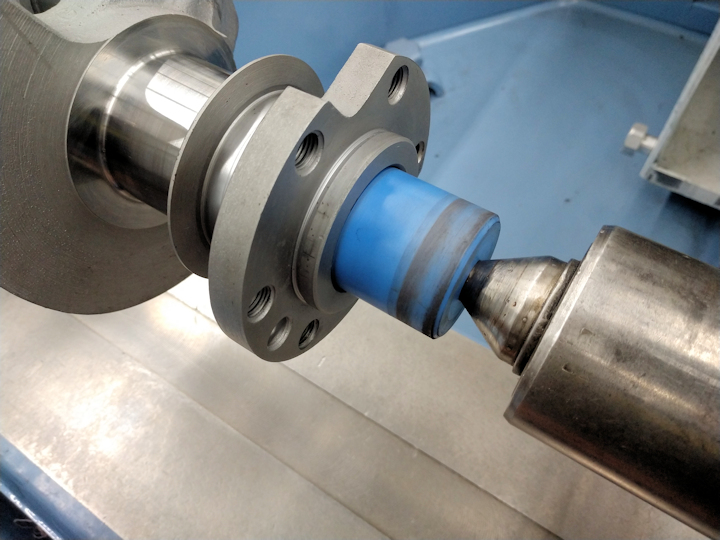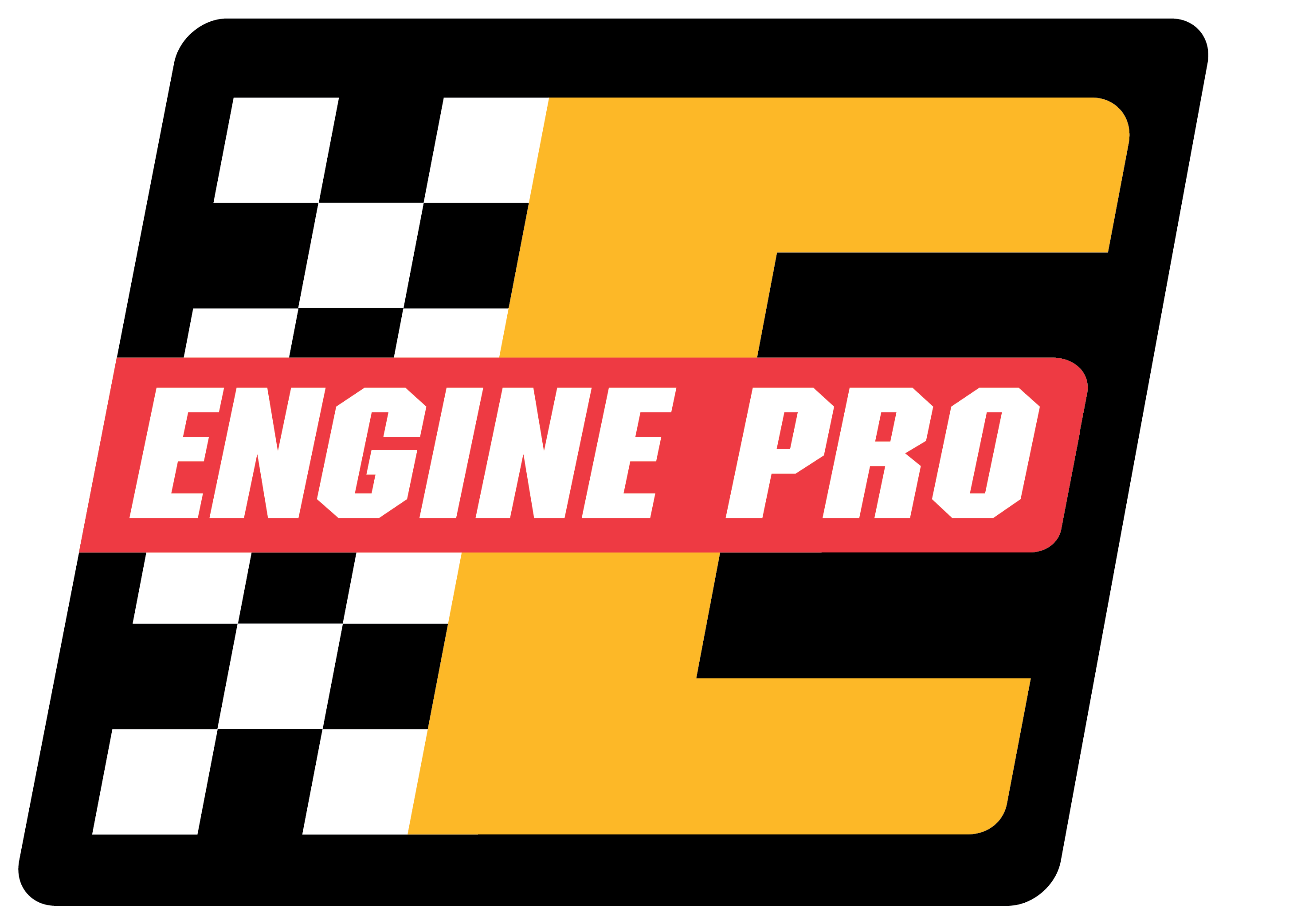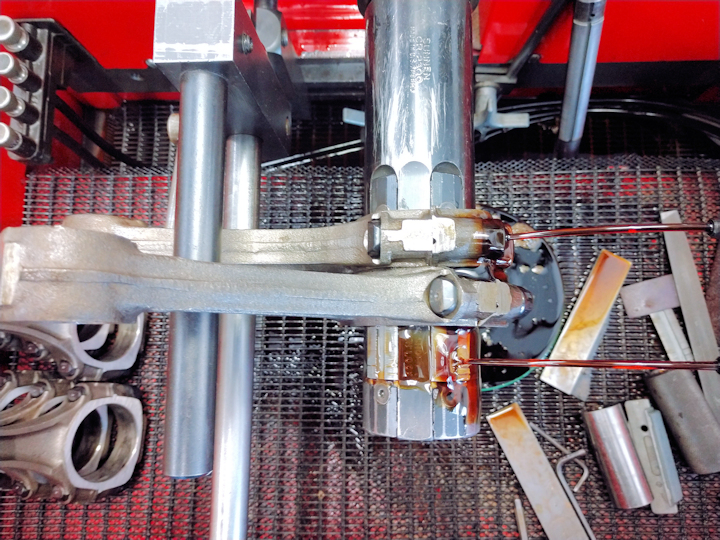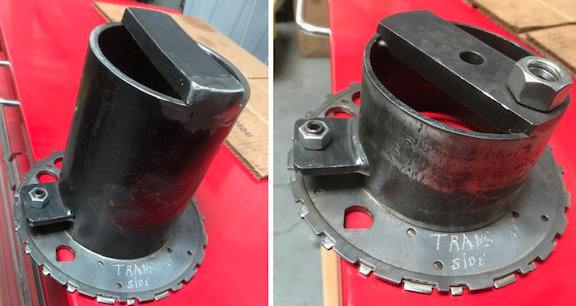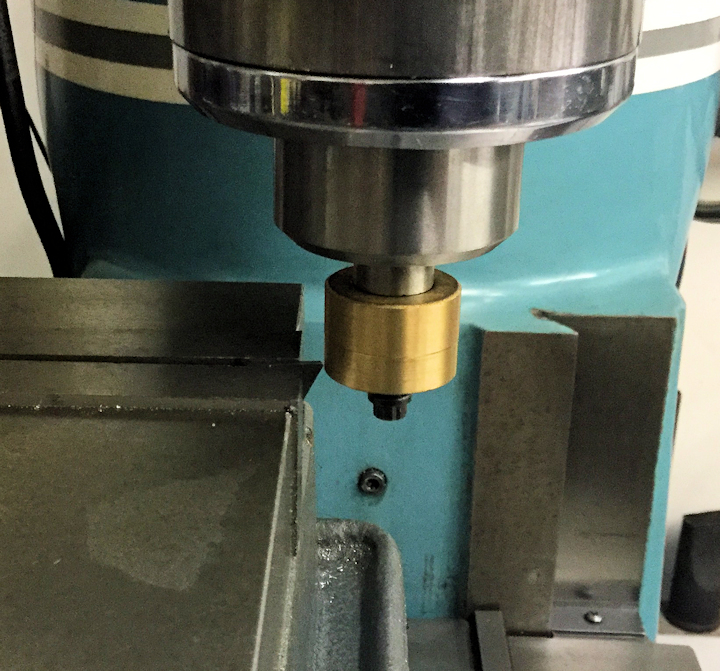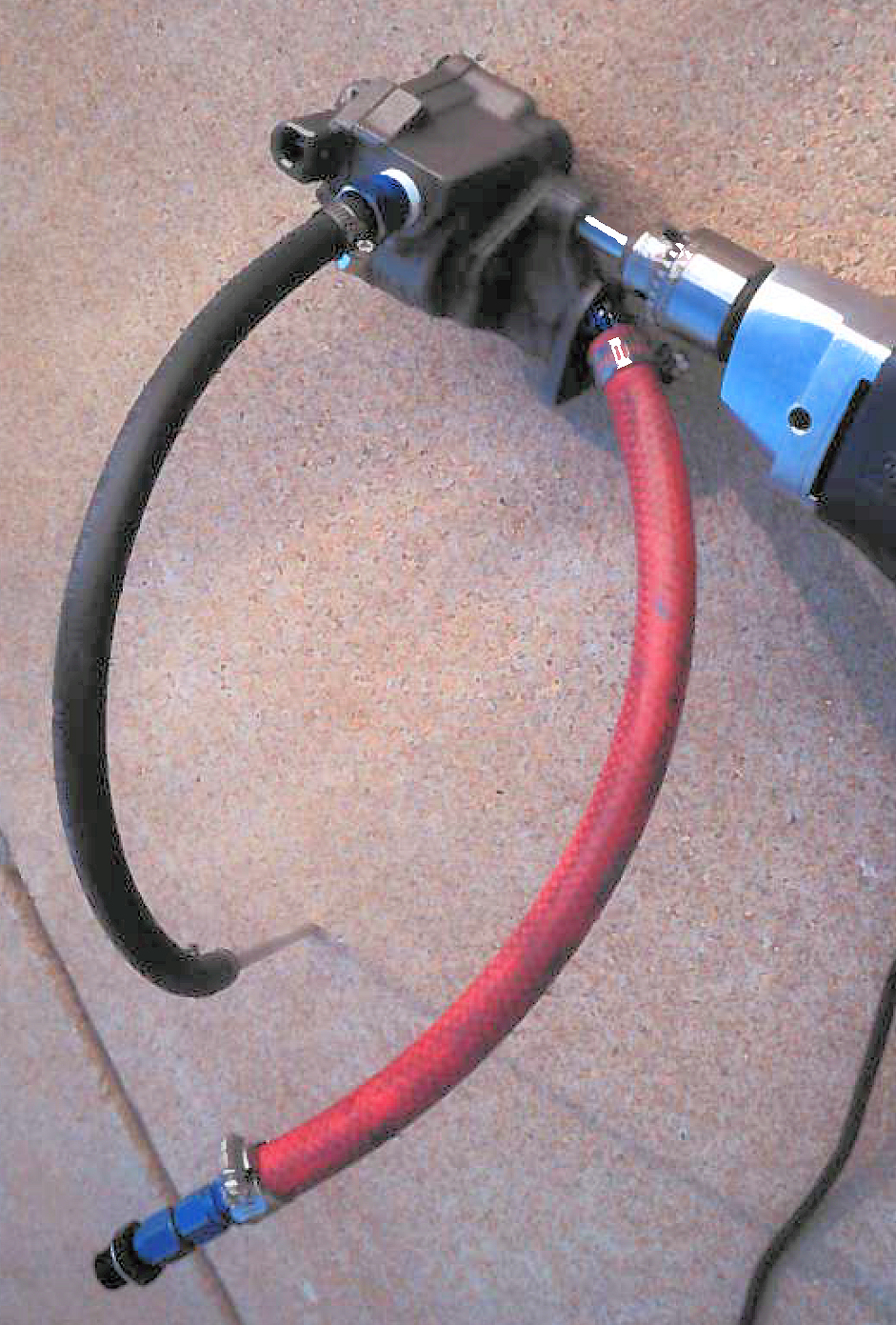QUICK CRANK CENTERS To make it quick and easy to mount cranks in the grinder and especially the lathe for polishing, I made inserts for various engine families. Delron or that type of material works great and I give them about .001” clearance so they are reasonably...
